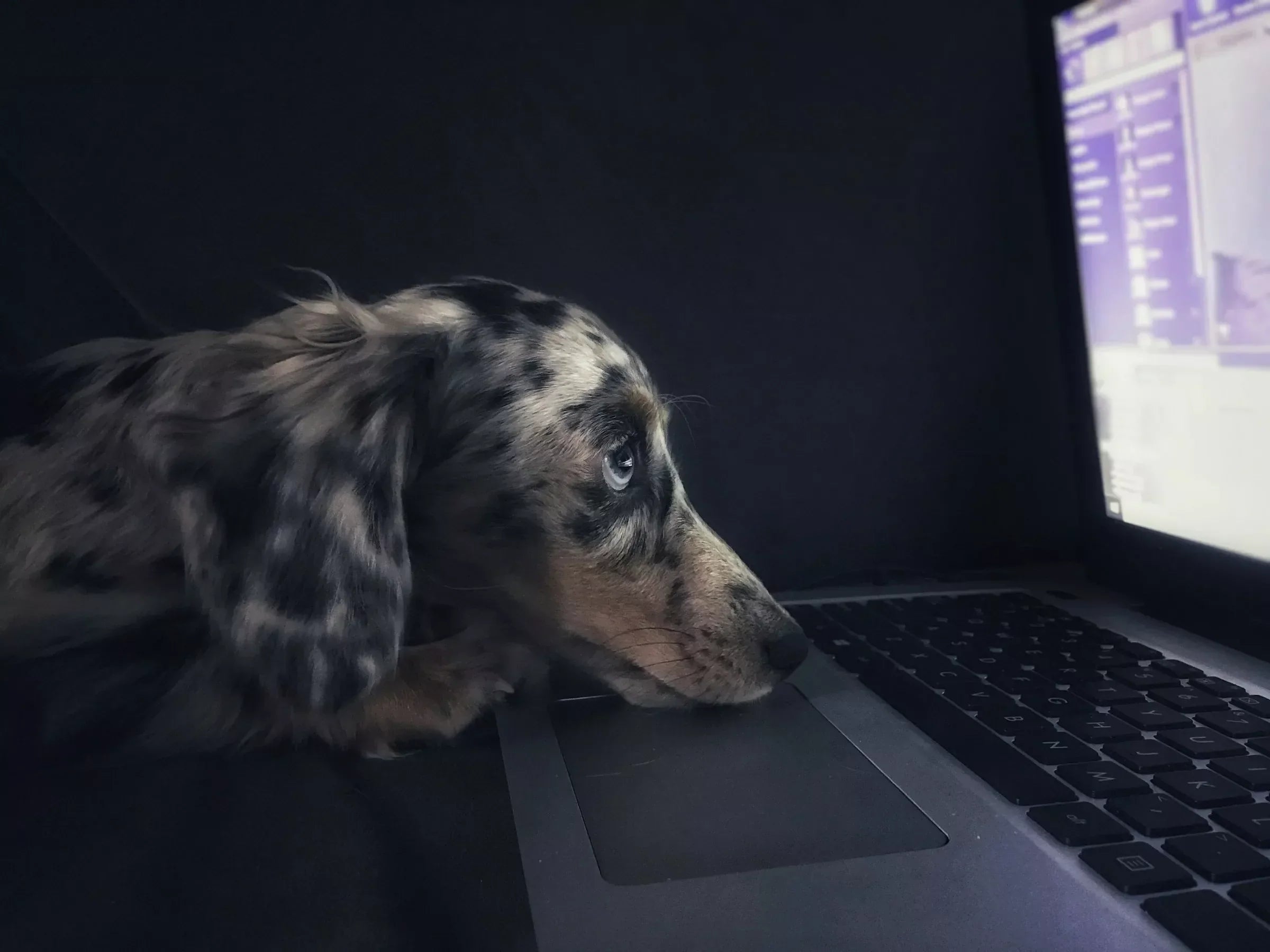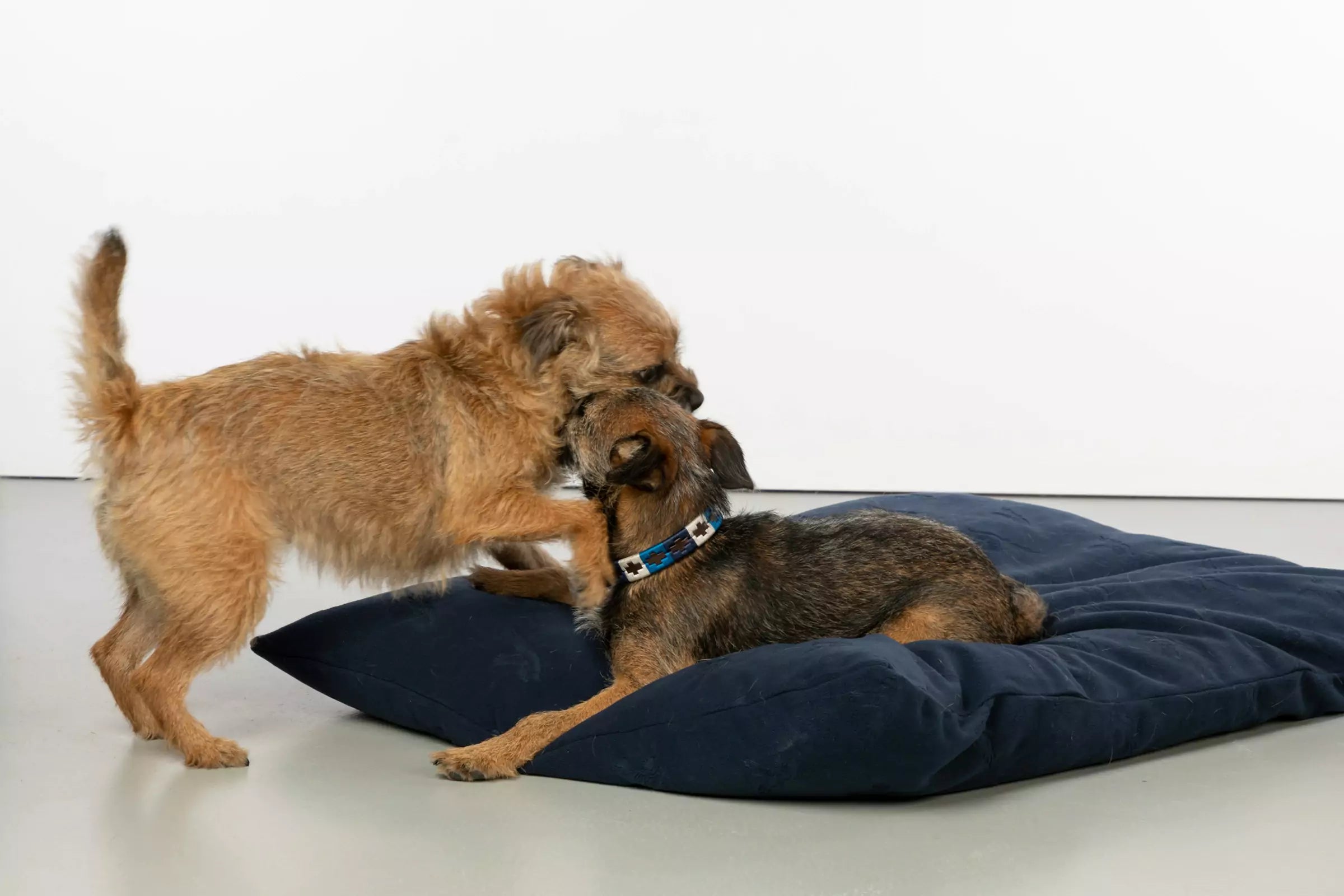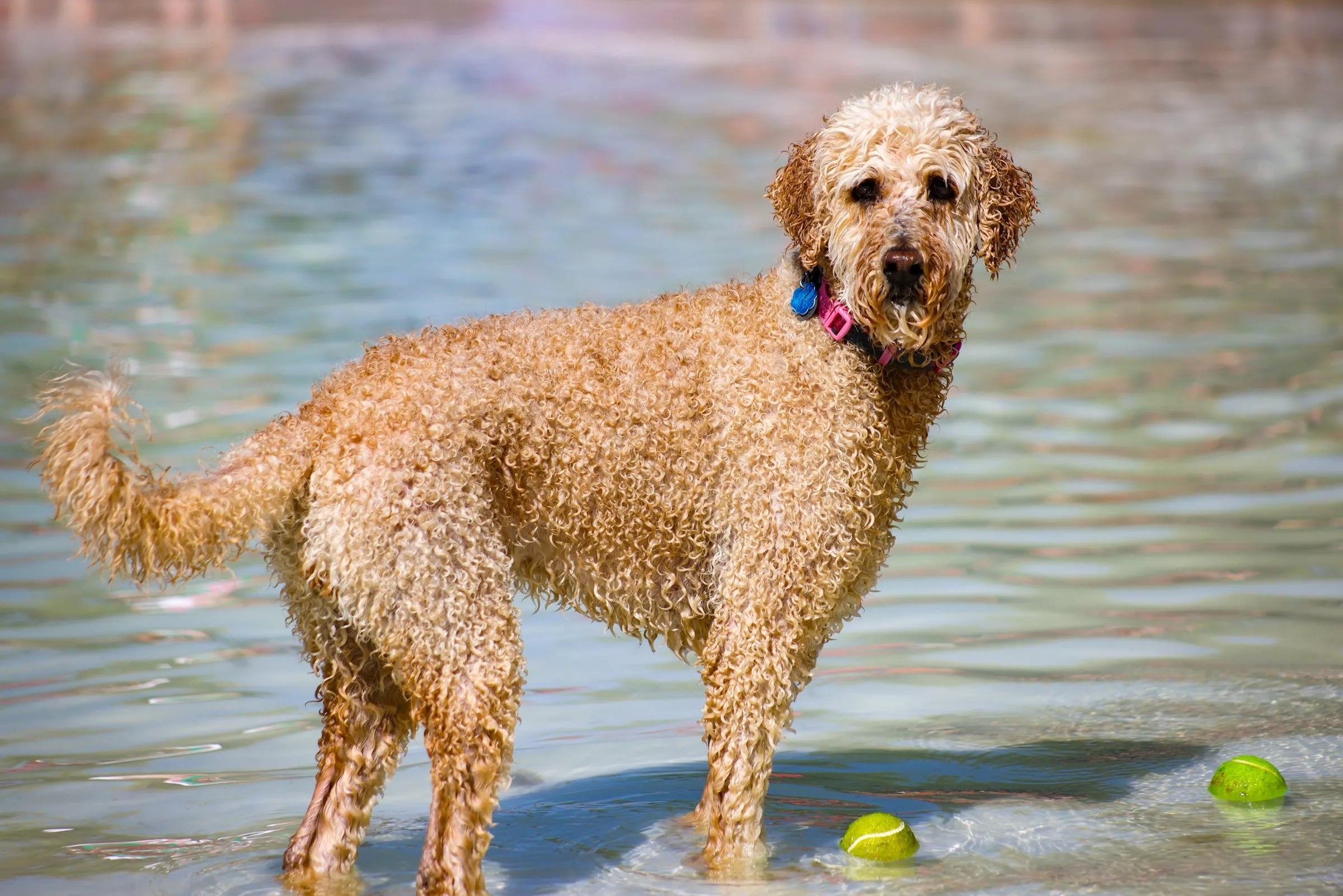5 Simple Tricks to Train Your Dog Faster
Training your dog doesn’t have to feel like a never-ending task. In fact, with just a few simple tricks, you can speed up the process and still have fun doing it. As a loving dog parent, you’re not just teaching your pup commands—you’re building a bond that will last a lifetime. Let’s dive into five simple and effective tricks to help you train your dog faster while keeping things stress-free for both of you.
Trick 1: Start with Positive Reinforcement

Positive reinforcement is one of the most effective methods to train your dog quickly. It’s all about rewarding good behavior, and let’s be honest, who doesn’t love a little treat for doing something right?
How Positive Reinforcement Works
Think of it like this: your dog, like us, learns better when they feel good about what they’ve done. Every time your dog follows a command or does something you like, you reward them with a treat, affection, or praise. Over time, they’ll associate following your instructions with positive outcomes. This creates a happy, eager-to-please pup.
Rewarding Good Behavior: Timing is Key
One essential tip is to reward your dog immediately after they’ve done the desired behavior. Dogs live in the moment, so if you wait too long, they may not connect the reward with their action. Keep treats or toys handy, so when your pup sits or stays, you can quickly let them know they’ve nailed it!
Trick 2: Be Consistent with Commands

Dogs thrive on consistency, and this is key to faster training. If you change up your commands or how you say them, your dog might get confused, slowing down their progress.
Stick to Simple Commands
Stick to simple, one-word commands like “sit,” “stay,” or “come.” The shorter, the better! Dogs find it easier to process quick, clear instructions rather than longer phrases. Plus, this helps them understand exactly what you want them to do.
Why Consistency Builds Trust
Imagine if every day your rules changed at home. You’d feel lost, right? Well, the same goes for your dog. When you’re consistent, your dog will trust you more because they know what to expect. This trust leads to quicker learning because your dog feels secure and understands the routine.
Trick 3: Keep Training Sessions Short and Sweet

Long, drawn-out training sessions can make both you and your dog feel frustrated. The key is to keep things short, fun, and engaging.
Ideal Duration for Training Sessions
Aim for 5-10 minutes per session, especially if your dog is young or has a short attention span. This helps maintain their focus and enthusiasm. Short bursts of training throughout the day can be far more effective than one long session.
Make it Fun for Your Dog (and You!)
Training shouldn’t feel like a chore for either of you. Try to make it playful—use a high-pitched, happy tone when giving commands, and toss in a game of fetch or tug-of-war as a reward. If you’re enjoying the process, your dog will pick up on your energy and enjoy it too.
Trick 4: Use Hand Signals Along with Words

Did you know that dogs respond exceptionally well to visual cues? Adding hand signals to your verbal commands can help your dog learn faster.
Benefits of Visual Cues
Hand signals give your dog another way to understand what you want from them, which can be especially helpful if they get distracted or if there’s noise in the environment. Dogs naturally read body language, so why not use it to your advantage?
Best Hand Signals to Start With
Start with simple gestures. For example, a raised palm can indicate “stay,” while a pointed finger can signal “sit.” Make sure your hand signals are clear and consistent, just like your verbal commands.
Trick 5: Be Patient and Stay Calm

It can be easy to get frustrated when your dog isn’t picking things up as quickly as you’d hoped. But remember, patience is one of your best tools.
The Power of Patience in Dog Training
Dogs are highly attuned to your emotions. If you’re stressed or frustrated, they’ll feel it and may become anxious or distracted. On the flip side, staying calm and patient reassures your dog, making it easier for them to focus on learning.
Why Your Dog Feels Your Energy
Dogs are sensitive creatures who pick up on our emotional states. If you’re having a tough day, it might be best to hold off on training until you’re in a more relaxed mindset. Your dog will mirror your calm, making training sessions much smoother.
Common Mistakes to Avoid When Training Your Dog
Even with the best intentions, there are a few common mistakes dog parents make that can slow down the training process.
Rushing the Training Process
We all want results fast, but rushing your dog can be counterproductive. Training is a journey, not a race. Give your dog the time they need to fully understand and master each command.
Using Negative Reinforcement or Punishment
Avoid yelling or punishing your dog when they make mistakes. This can lead to fear and confusion, which slows down their learning. Stick with positive reinforcement, and remember—patience is key!
The Importance of Bonding with Your Dog
Training isn’t just about teaching your dog tricks or commands. It’s about creating a deep, trusting bond.
Training is More than Teaching – It’s Bonding
Every time you engage with your dog during training, you’re strengthening the connection between you two. Your dog is learning to trust you more, and you’re learning to communicate with them in a way that builds mutual respect.
The Emotional Connection Strengthens Training
Dogs that feel emotionally connected to their parents are more eager to please and learn faster. Spend time bonding outside of training sessions, whether that’s through play, cuddling, or even just relaxing together.
Conclusion
Training your dog doesn’t have to be complicated or time-consuming. With these five simple tricks—positive reinforcement, consistency, short sessions, hand signals, and patience—you can create a fun and effective training routine. Not only will your dog learn faster, but you’ll also build a stronger bond with them in the process. Remember to have fun and enjoy the journey—you’re doing great!
FAQs
How long does it usually take to train a dog?
It depends on the dog’s age, breed, and personality, but with consistent training, you can start seeing results within a few weeks. Patience is key!
Can older dogs learn new tricks?
Absolutely! While puppies may pick things up faster, older dogs are perfectly capable of learning new commands with the right approach and patience.
How can I stop my dog from being distracted during training?
Start training in a quiet, low-distraction environment. As your dog gets better at following commands, gradually increase the distractions.
Should I use treats for training every time?
In the beginning, treats are a great motivator. Over time, you can phase them out and rely more on praise or affection as a reward.
What should I do if my dog doesn’t seem to be learning?
Take a step back and assess whether the commands are clear and if you’re being consistent. Sometimes, adjusting your approach or giving your dog more time can make a big difference.















Share:
3 Ways to Keep Your Dog’s Coat Shiny and Healthy
5 Benefits of Exercise for Dogs